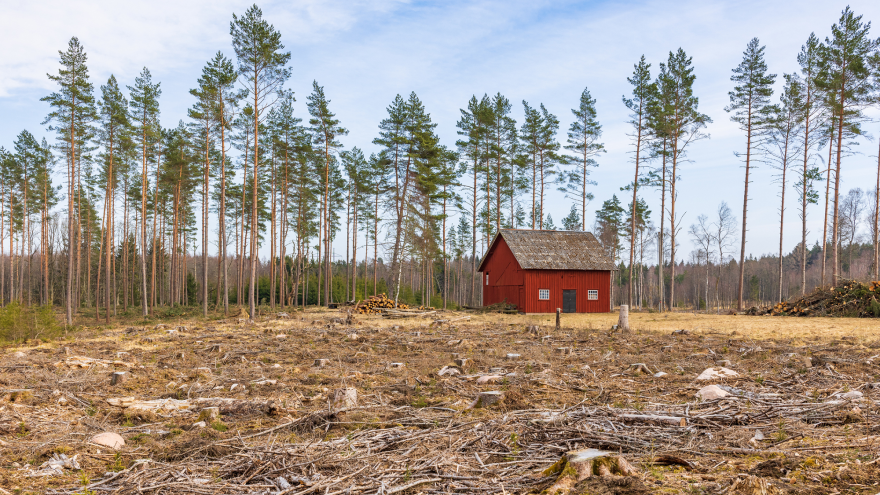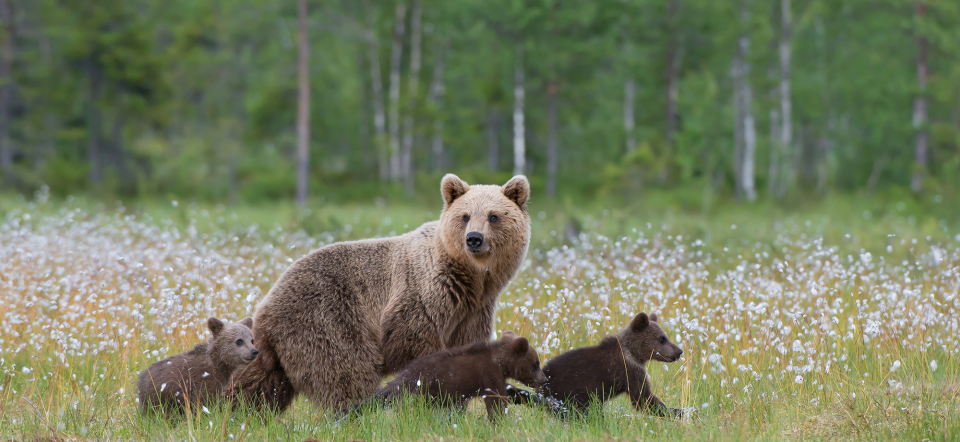Half of the Nordic region's total area is covered by forest.
Forests are home to a rich variety of flora and fauna and are important for ensuring biodiversity. Forestry also is an important industry and is an important national resource. Additionally, forests are the largest terrestrial carbon sink and can help to protect the climate.
But not all these things can necessarily be had at the same time and to the same extent.
How shall we manage forests for all these benefits?
Nils Droste, Professor of Political Science at Lund University, has a suggestion. He is the head of the Greenpole research project, which studies the Nordic countries' forest policies.
"The current paradigm in Nordic forest policy, is a principle called freedom with responsibility. In the past, the state played a much stronger role, but that changed and currently, the freedom of forest owners to manage the forests is highly emphasised. I believe that this principle of freedom with responsibility must also be the starting point for acceptable and effective policies for sustainable forest management. Going entirely against the interests of forest owners is neither realistic nor desirable for politicians but industry also has a societal responsibility," he says.
Read the project's mapping of two centuries of forest management in the Nordic countries.

From clear-cutting to continuous cover forestry
For many decades, it has now been common practice in the Nordic countries to clear cut the forest and then replant the area. When you cut down the forest, organic material in the soil is decomposed and carbon is released. Over time, the forest carbon stocks replenish, but it takes between 70 and 80 years for a net positive effect after clear cutting. For biodiversity the effect is even more devastating because the habitat for many species is gone when the forests are cut down entirely.
According to Nils Droste, current forest management practices place a heavy emphasis on economic production and do not integrate climate and biodiversity protection in a balanced way:
"If we want to protect the climate now, to reach our goals for 2030 and 2050, we can't continue to cut down forests the way we do now. Clear-cutting is too heavily optimised for the production of biomass and forest products."
Is the solution to stop cutting down trees altogether? Not if you ask Nils Droste:
"If we left the forest untouched, it would have severe consequences for timber production and thus the economic income associated with forestry. We need to find a solution that balances out multiple benefits and cares for both forest owners and the climate but also biodiversity"
We may be seeing a shift from clear-cutting to continuous cover forestry. This is an approach where selected trees are felled and not entire forest areas. This keeps the soil more intact, emits fewer greenhouse gases, and preserves the living conditions for animal and plant species.
Nils Droste points to continuous forestry as a promising way forward, but it does not come without costs:
"The challenge with the transition from a form of production currently dominated by clear-cutting to continuous cover forestry is the financial cost. All machinery and forest production, from harvesting to the sawmills, is streamlined towards the current clear-cutting production method of felling standardised logs. If we are to have more cover forestry in the future, it requires a structural change in production facilities, and that comes at a financial cost. And the question is who is going to finance that transition. The forest industry or the state?"
Finland has been a pioneer
In Finland, they show that it is possible to secure economic profit by using alternative forest management practices like continuous cover forestry. State-owned forestry companies have led the way and converted parts of the forestry from clear-cutting to continuous cover forestry.
"I think the Finnish authorities are leading the way by, for example, setting up the METSO programme in southern Finland, which helps forest owners to safeguard biodiversity by paying them a compensation. That policy is science-based, but in the drafting of the law, different interests were consulted, so it's an example of collaborative and science-based policy-making that I find very promising. It allows conflicts of interest to be negotiated while policy is being made and a better compromise can be reached before the policy is even in place. Bringing people together and backing it up with scientific evidence is, in my opinion, a very promising way to create a future sustainable forest policy."
The project is part of NordForsk's interdisciplinary research area. Learn more here.



